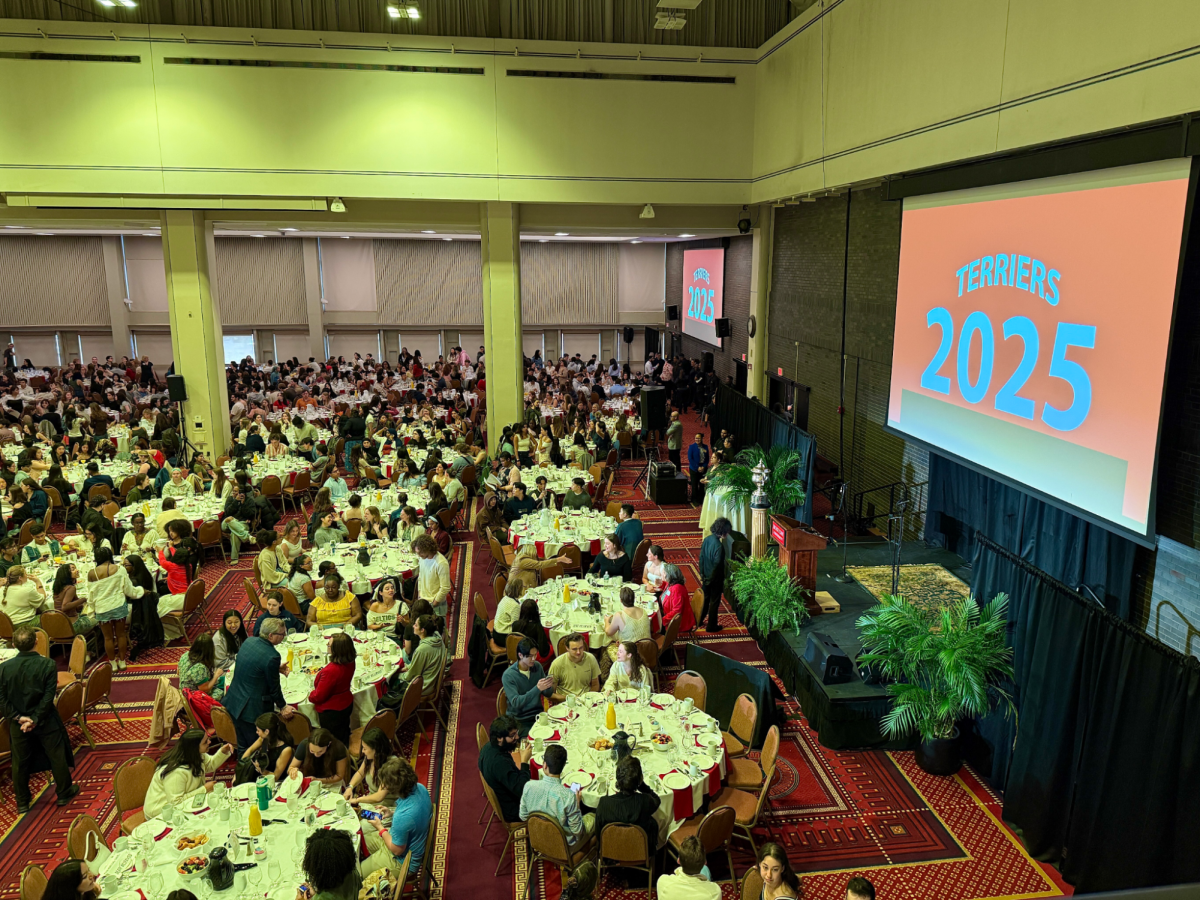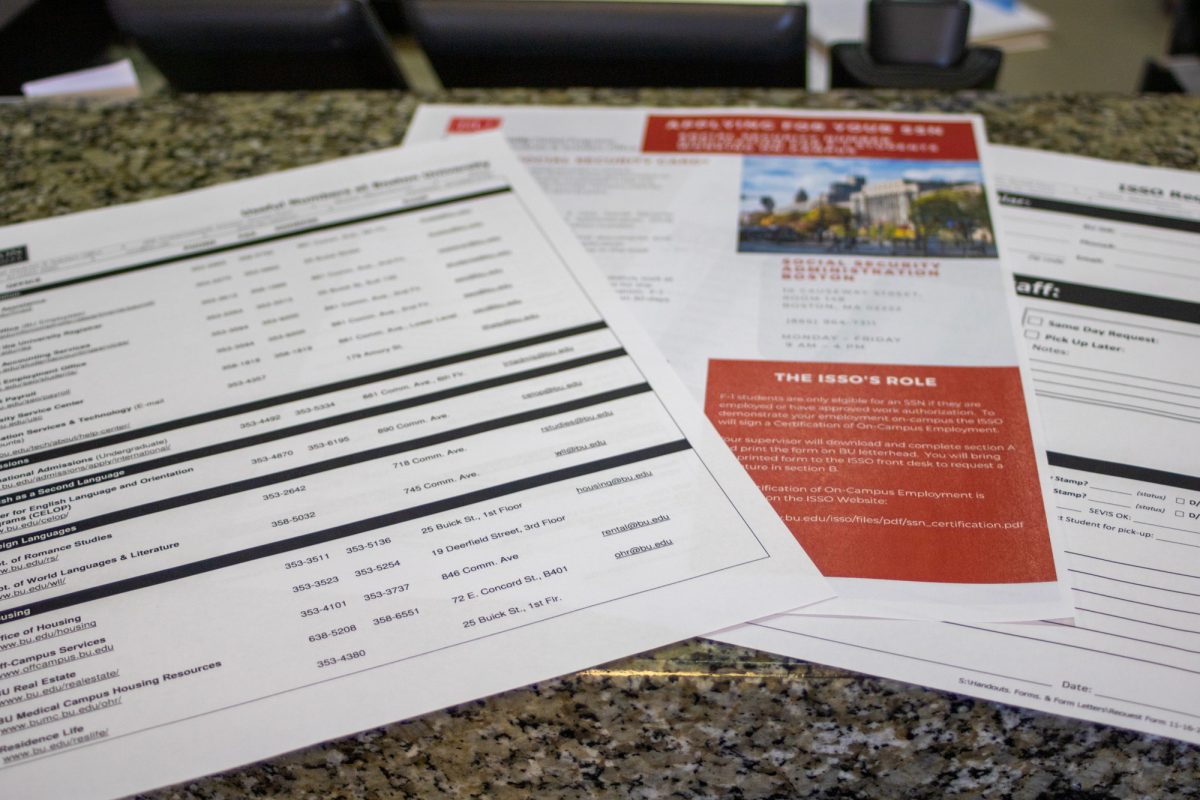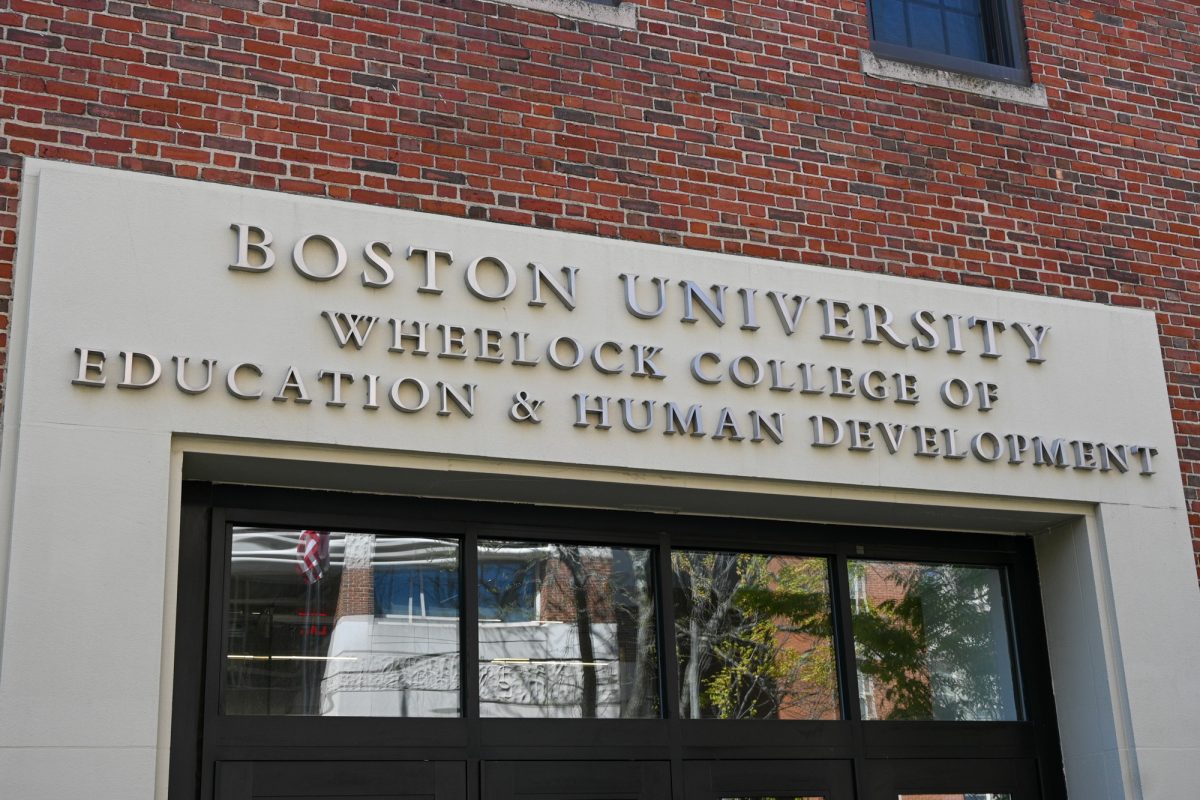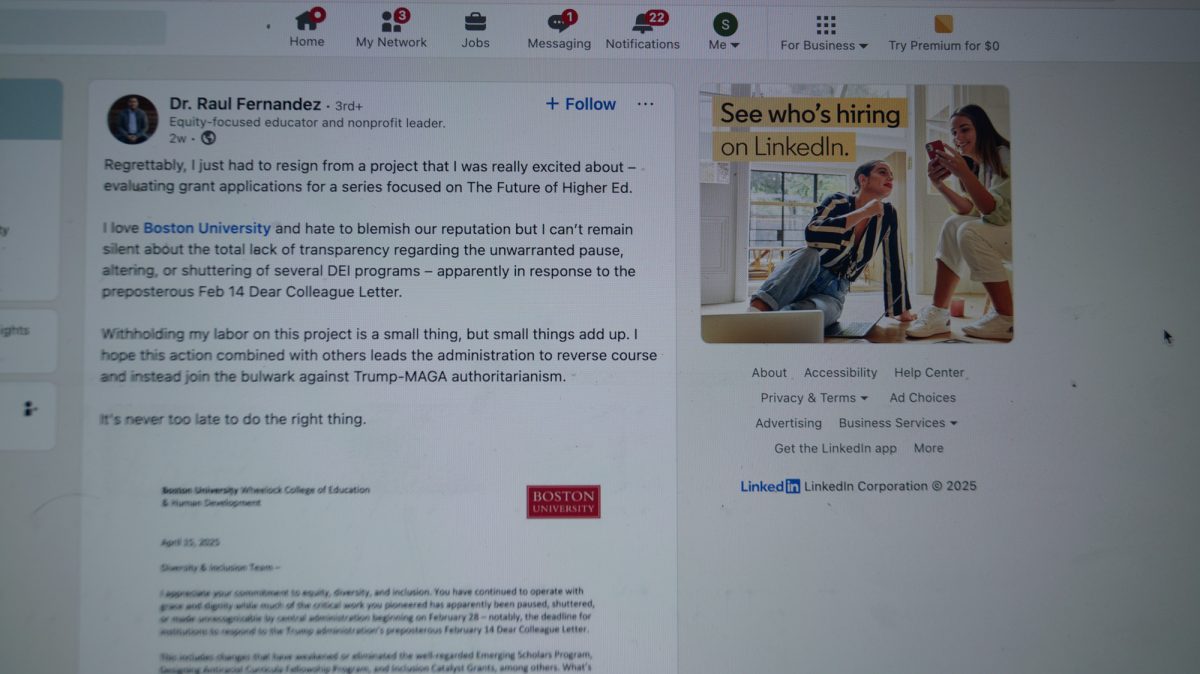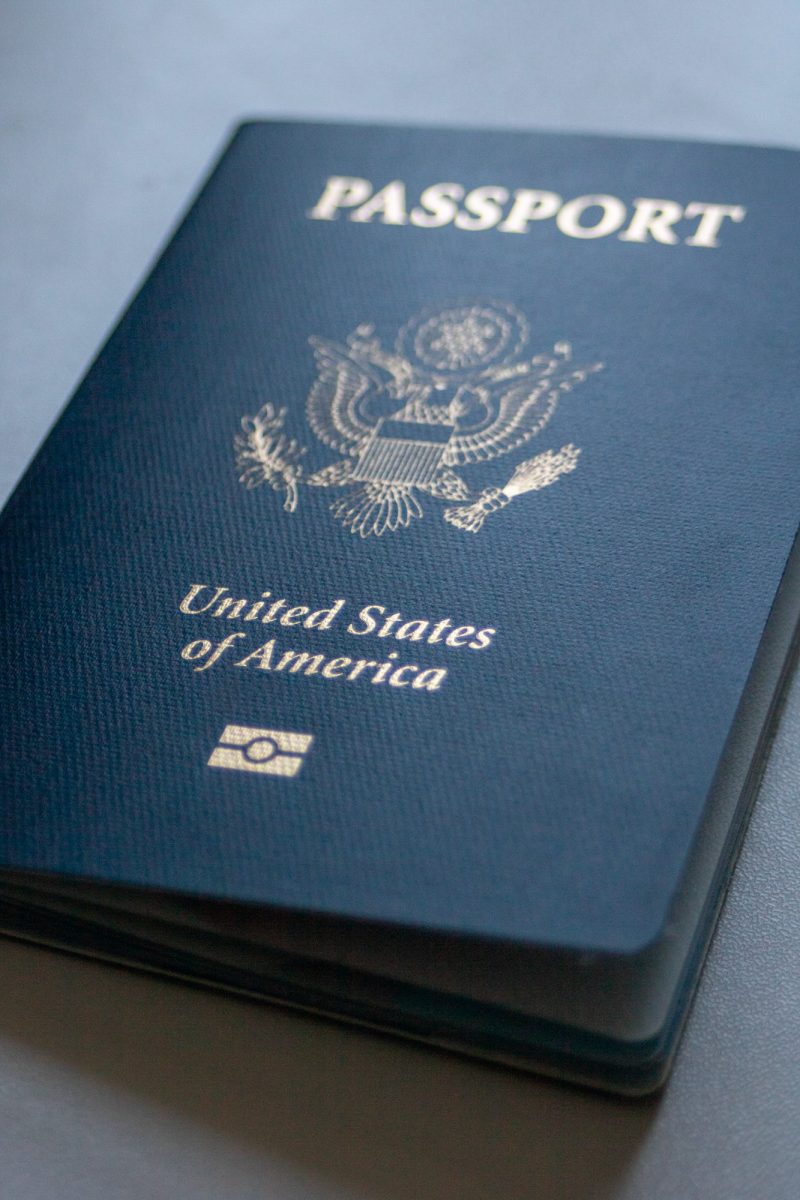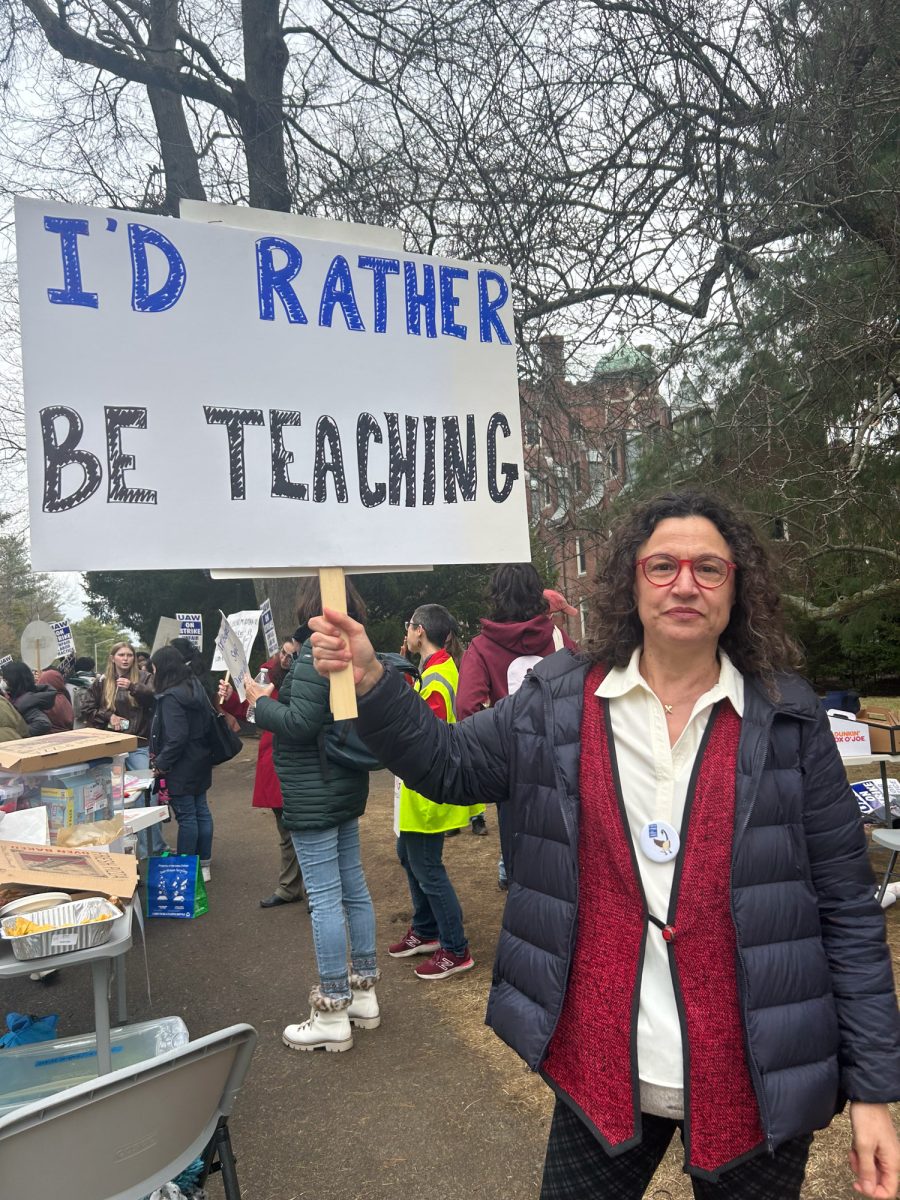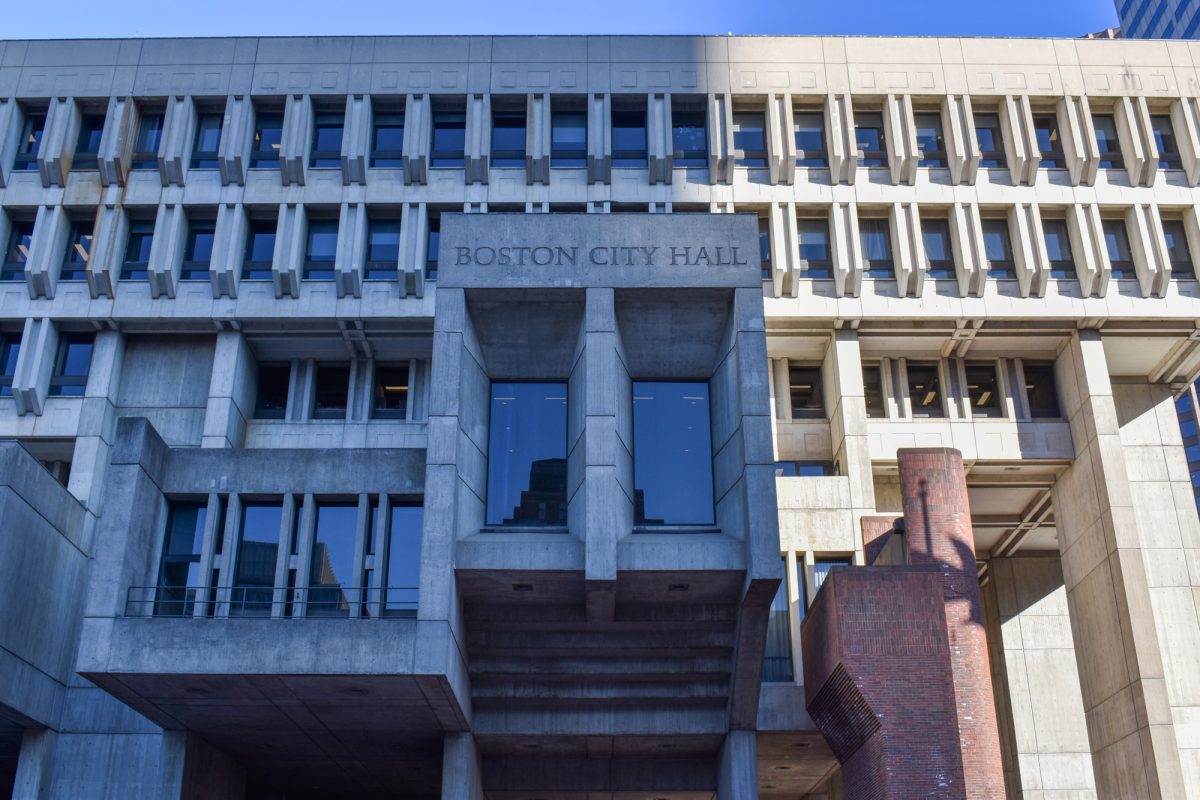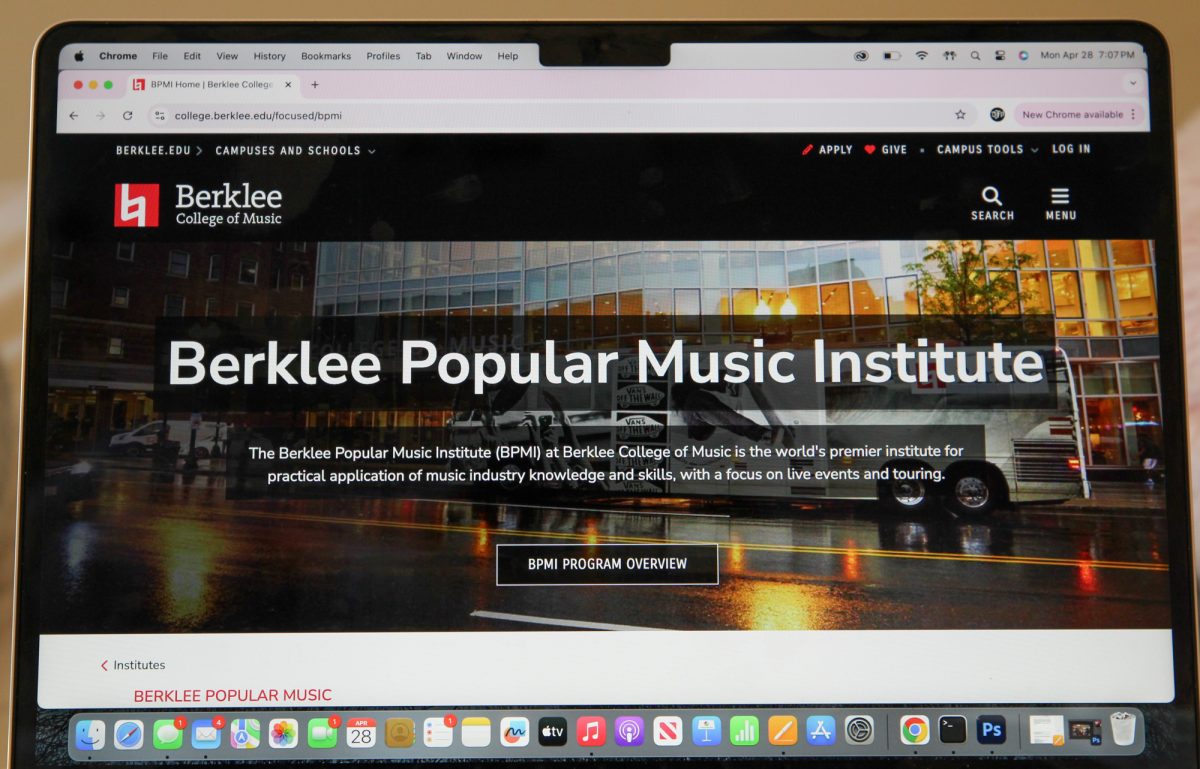Boston’s distinctive skyline does not shine as brightly as it used to now that building owners chose to turn off their lights to protect the environment and wildlife.
The Massachusetts Audubon Society and Mayor Thomas Menino teamed up to create Lights Out Boston, an initiative designed to protect migratory birds and the environment this fall.
Lights Out Boston, which began last week, is in accordance with the mayor’s Climate Action initiative, which strives to reduce greenhouse gas emission by 80 percent by 2050.
Major buildings like the John Hancock Tower, the Prudential Center and the Federal Reserve Bank of Boston will turn off or dim lights between 11 p.m. and 5 a.m. until Oct. 31.
When a city skyline is brightly lit, migratory birds flying at night can get confused easily. Illuminated towers can cause birds to fly aimlessly until they collide with buildings or fall from exhaustion and die, according to the Massachusetts Audubon Society. Lights Out Boston could also cut energy costs and greenhouse gas emissions by as much as 25 percent per day, according to the city of Boston website.
“The goal is to reduce the unnecessary and wasteful energy used to light the city,” Boston Chief of Environmental and Energy Services James Hunt said.
Hunt said Boston Environmental and Energy Services chose autumn to study operational issues with the buildings participating in Lights Out Boston, but, according to the initiative’s website, property owners have already committed to “extending Lights Out Boston to the spring migration season and, ultimately, year round” depending on the success of the fall campaign.
Though Menino strongly encouraged the initiative, program participation is voluntary. The program’s current participants cover 23 million square feet of development in the city, including 34 of the tallest buildings in Boston.
Of the 34 building owners and third-party managers participating in the program, 95 percent of them are members of Building Owners and Managers Association in Boston, according to Jeanne Wolf, BOMA executive director. Members of BOMA Boston account for over 100 million square feet of office space.
“BOMA Boston promotes sustainable buildings,” Wolf said. “We are definitely supporting the major’s initiative and encouraging our members to participate.”
Though the initiative has caught on around Boston, many of the city’s skyscrapers still remain illuminated throughout the night. The Lights Out organization said causes for the remaining lights vary, but that the major reasons include older lighting systems and lighting that was built into the architectural design of the buildings.

